
Unlike what happened in some other Asian cities, Japanese photographers did not rush out en masse to get hold of that full-format camera (digital’s new medium format) miraculously squeezed into a palm-sized mirrorless body when it went on sale in Tokyo on November 15. There was no one else besides me when I picked up a Sony A7R one hour after the giant Yodobashi Camera store in Akihabara had opened its doors.
+++ Sample images are, if not for the obvious black-and-white photograph, straight out of camera and compressed to half their original size. I have left infelicities like magenta vignetting alone, so viewers can have an idea what to expect.
A long-time photographer like me can develop an immediate affinity for what Sony has come up with this time. Two years ago the Fujifilm X-Pro1 reminded me of what great pleasure it had been to work with the Contax G. This time my memory went back to the pioneering autofocus Minoltas. And of course some of what was Minolta can still be found in the better cameras produced by Sony since the electronics giant swallowed the camera maker.
Glad It’s No More NEX Menu, But…
When the A7R was announced, the question in my mind — and I imagine with other lovers of photography as well — was whether it could be customized into a genuine photographer’s camera. With the NEX-7 this had proven to be impossible. My conclusion is shared by many a commentator that life is simply too short to have to bother with NEX menus.
No wonder, then, that a deep sigh of relief went up among Internet commentators with the revelation that this new camera showed that Sony had recognized the earlier folly of its ways.
But, while the system with which the quick acting photographer had to determine exposure, f-stop, and sensitivity was a big mess with the NEX-7, it is — to get the negatives out of the way first — still a little bit of a mess with this new miracle of engineering.
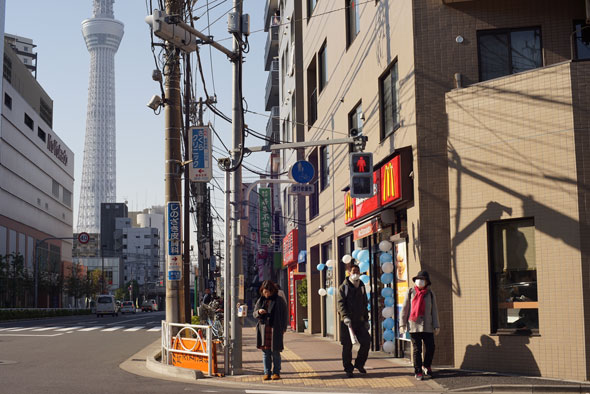
Yes, aperture and speed can immediately be set independently of each other with dials that remember the place you gave them when they brush against your clothes, and ISO can easily be adjusted with a button of your choice. But one thing you cannot customize is the monitor or viewfinder selection.
This is supposed to be automatic, but — as with the NEX — a camera strap or simply the proximity of your own body will switch off the monitor just as you are in the middle of a tricky manual focus problem.
The solution is to keep the menu (which returns to where you last left it) with customs settings (page 3 line 3) and go back to that every time you want to switch. This switching of viewing method is of more than passing interest. One of the great things Sony thought of a while back is the LCD screen that swings upward, making waist-level viewing possible.
Aside from the interesting angle added to photographer routines, reminiscent of Rolleiflex and early Hasselblad days, this is especially important for me because I have the use of only my left arm to fiddle with settings and to focus.
Manual Focus
Since one of the A7R’s great attractions is its possible use as a superb full-format quality digital back for many of the great lenses you have once used and have held on to, fast and accurate manual focusing is an obvious necessity. Here the customizing possibilities fall short as well.
My way around it, discovered during a jetlagged sleepless night — which was enlivened by a pretty intense earthquake — is to assign the C3 button next to the trash can (customs settings page 6 line 2) to focus magnifier and, after pushing it, to move one’s finger to the central buton of the control wheel right above that.

One push gets you a 7x magnification, and another one double that. Make sure that you have chosen the No Limit with magnification time (custom settings page 1 line 3). Can Sony engineers focus in two seconds? The indications I give, by the way, refer to the Japanese language menu, which is the only one in Sony cameras before the “international models” are sold domestically.
One of the first things you must do when turning the A7R into a photographer’s camera is to block the control wheel from changing ISI settings. On its first day with me it changed my choice of Auto ISO into 50 ISO three times without my consent only because my hand brushed against it. This and other unbidden conduct are simply habits of the NEX.
Let’s Talk Legacy Lenses
The LAEA4 adapter that allows us to use A mount lenses on the A7R is a must. I have brought about half of my Minolta collection with me. These lenses, famous for their color and sometimes sharpness, are the half-hidden treasure trove for those who lament the scarcity of Sony glass.
Among the longer ones the 100mm F2.8 Macro (with an exact copy in the Sony lens lineup) appears to be made for the 36MP sensor.
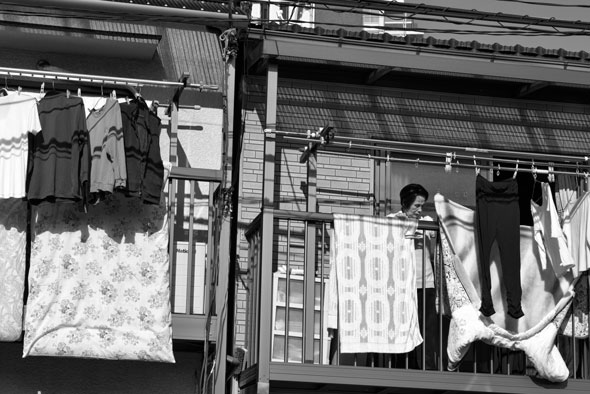
I was equally excited by the Sigma 70mm F2.8 Macro for the A mount.
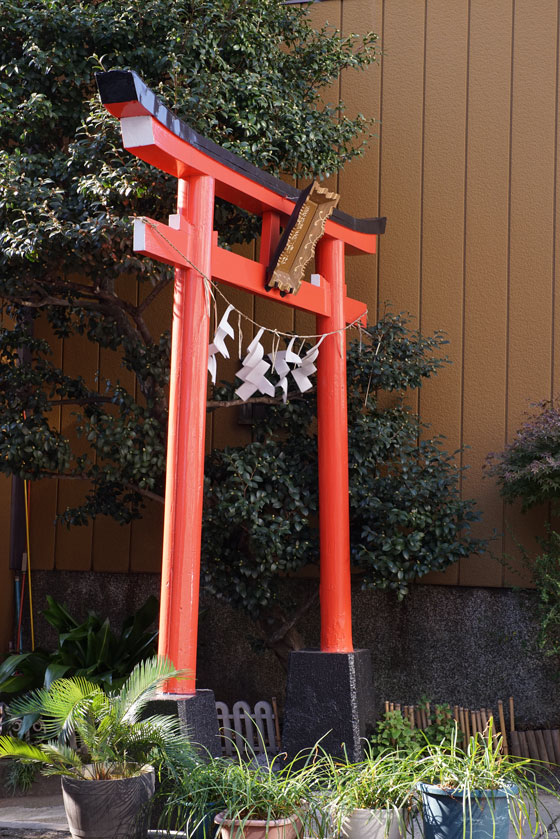
Waiting for the “normal” focal length Zeiss, users should try either the Minolta 50mm F1.4 or the Minolta 50mm F2.8 Macro, both razor-sharp but with different character.


The Minolta 24mm F2.8 also works beautifully on the Sony.
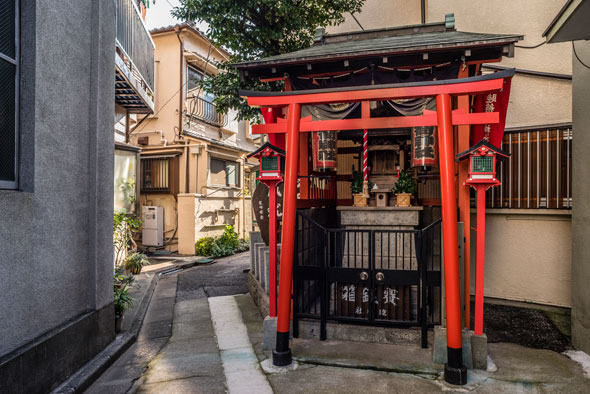
I have not yet had the time to compare the Minolta 35mm F2 with the Sonnar 35mm F2.8 made for the A7R, but like the other F2 Minoltas it is among the sharpest that were produced. Only the 20mm F2.8 disappointed me so far — not sharp enough in the corners.
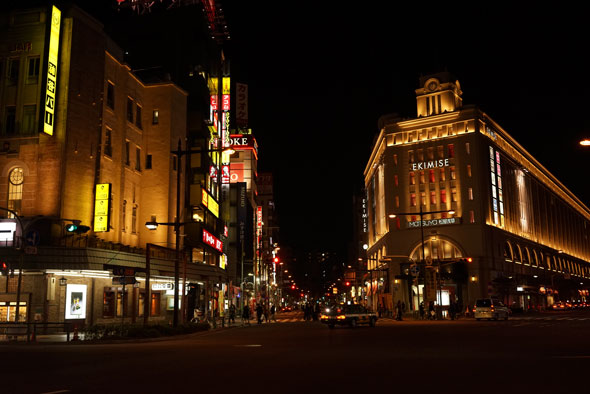
Super wide angle territory is, as we know, problematic for digital sensors. The lovely Voigtländer Heliar 15mm F4.5, which has performed exceptionally well on the cropped Fujifilm X sensors, shows very much of the notorious magenta shading on the A7R.
Absolutely brilliant throughout most of the frame, this can of course be remedied by post-processing and, as far as I could notice, it does not cause smearing. The Voigtländer 21mm F4 seems to be doing rather well, but I must still try it on landscapes.
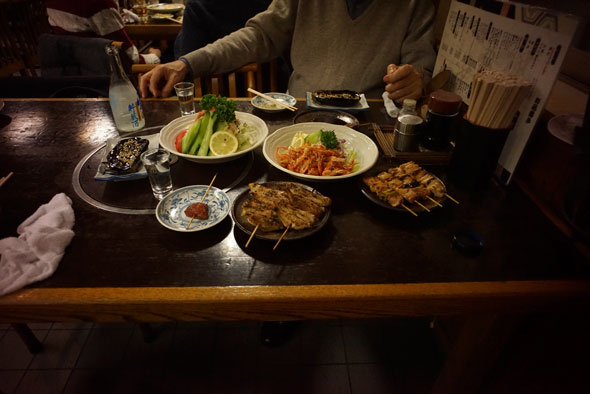
The Voigtländer Skopar 25mm F4 is a small gem with clickstops on its focus ring, making it useful for street photography, but one indoor test shows that it wasn’t made for a high resolution camera.
That brings us to the famous Biogon 25mm F2.8 ZM. While excitingly sharp in most of the frame, I kept seeing that something was wrong on the right side. Wondering whether this could be due to the adapter, I tested five different adapters with the Biogon against a lace curtain illuminated by sunlight.
And You Thought an Adapter Is an Adapter…
The Voigtländer adapter I had used with it was indeed of lesser quality than I had been led to believe.
With the Metabones adapter the problem with the right side of the frame disappeared.
The Hawk’s Factory adapter, with its helicoid allowing for close focus, was not so good either.
One of two Kipon adapters that I tried could be rated as second to the Metabones. This all goes to show that working with adapters is to a large extent hit and miss.
What I want of course is that I am focussed on infinity when the lens says so, which the Voigtländer was kind enough to do. I have to use it in the field to discover whether I can rely on the Metabones for this as well.
A higher resolution digital back in full-frame package is simply asking for the Zeiss lenses made for the Contax G. And the Planar 45mm F2 proved again that is one of the best lenses that have ever been made.
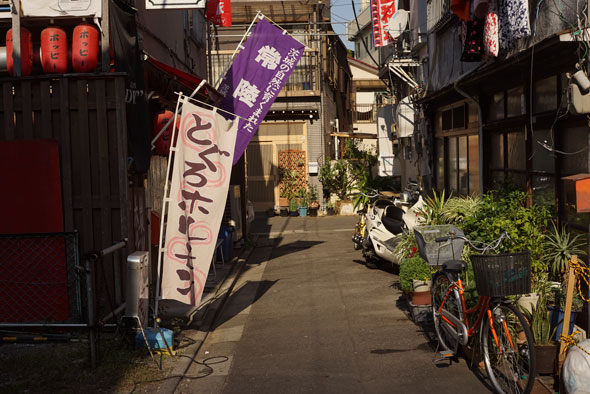
I haven’t had time yet to compare the Planar 35mm F2 with the lens made for the A7R, but I do not expect any disappointment.
The performance of the Biogon 28mm F2.8, the least strong of the set, was surprisingly good. But the Biogon 21mm F2.8 is problematic, as it has been on other digital cameras on which I’ve tried it.
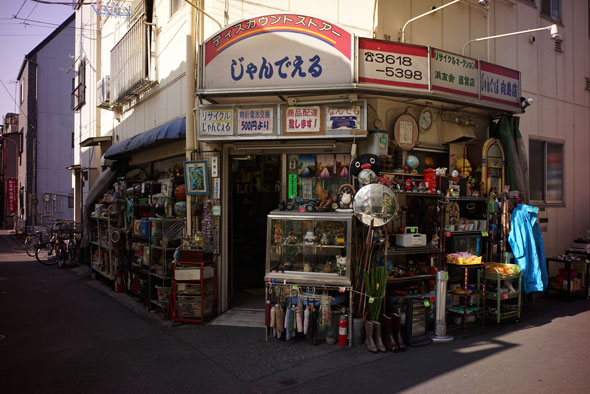
I remember when it made its appearance to complete the lenses set for the Contax G. The Japanese photographic press was lyrical about the undistorted field of vision it brought to 35mm photography. And ever since the 21mm has been a kind of Holy Grail for me. The Fujifilm X people have come close to perfection with their 14mm for its cropped equivalent.
Not perfect, but very good, in fact surprisingly so, is the Olympus Zuiko 21mm F3.5 on the A7R. Better than has been my experience with other digital camera on which I’ve tried it. The Zuiko 28mm F2.8 and 24mm F2.8 also show promise with testing indoors, but I must do field work with them to say more.
The Canon FD 24mm F2.8 has already shown its worth. Sharp and with pleasant contrast. Back to 50mm, the Minolta MD F3.5 Macro is ultra sharp. Minolta’s best is best all-round, with the M-Rokkor 40mm F2 made for the CL and CLE rangefinder cameras as a good example. This little lens is entirely in proportion with the A7R body. A quick tryout would suggest that the M-Rokkor 90mm F4 is sharper than the Sonnar 90mm F2.8 made for the Contax G.
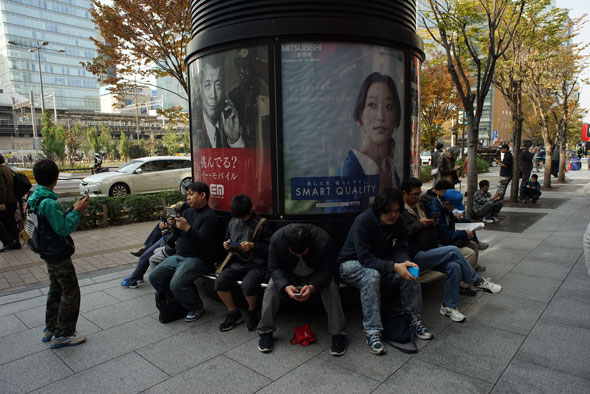
Conclusion for Now…
My passion is for detail. Few things can match the excitement of creating and enlarging 8×10 negatives, which I did for many years. When dragging heavy equipment around the world was no longer possible, I began with “8×10 by other means,” reaching even higher resolutions through stitching digital images. The A7R is on the right track for people like me and others who believe in detail. I have not yet seen any large prints from it — and isn’t that among the main aims of good photography. Let me say that my hope have been given a lift.
If I manage to get to some Japanese mountains with autumn leaves still blazing away, later on this week, I will see if I can do an 18, 20 and 21mm shootout with some of the lenses mentioned, plus Nikkors and a Canon FD.
Stay tuned!
Karel van Wolferen is a writer, but photography has been his second life since he was 11 years old, now 61 years ago. He built his first darkroom at the age of 14. His passion is for high resolution. He used to work with 8×10 and now tries to achieve 8×10 by other means through stitching. Until the Sony A7R came along.
Karel left the Netherlands in 1960 at the age of 19, with one hundred dollars, with the idea to hitchhike to India (before there were hippies). He lived in Turkey, India and SouthEast Asia before arriving in Japan two years later. He worked as a newspaper correspondent covering a large chunk of Asia for 16 years before it became possible to live on income from writing books.
The University of Amsterdam asked him to become professor of comparative political and economic institutions, a position he held until retirement seven years ago. Karel still write books, many for Japanese readership. His second life in photography, which saw the building of three 8×10 darkrooms in Tokyo, has continued with all manner of digital experimenting in which I mix techniques to achieve super realistic images.
+++ If you like what you read on THEME, please consider supporting this site by purchasing gear via these trusted partner links. We earn a small fee and you don’t pay a cent more.
You can order the Sony A7 and A7R from:
- Amazon (A7 body / A7 kit / A7R body)
- B&H (A7 body / A7 kit / A7R body)
- Adorama (A7 body / A7 kit / A7R body)
The new lenses are:
- Zeiss Vario-Tessar T* FE 24-70mm F2.8 ZA OSS (Amazon / B&H / Adorama)
- Zeiss Sonnar T* FE 35mm F2.8 ZA (Amazon / B&H / Adorama)
- Zeiss Sonnar T* FE 55mm F1.8 ZA (Amazon / B&H / Adorama)
- Sony 70-200mm F2.8 G SSM II (Amazon / B&H / Adorama)
New adapters and battery grip:
- Vertical battery grip (Amazon / B&H / Adorama)
- A to E mount (Amazon / B&H / Adorama)
- A to E mount with Translucent Mirror Technology SLT (Amazon / B&H / Adorama)
Plus an excellent Leica M to Sony E mount adapter:


